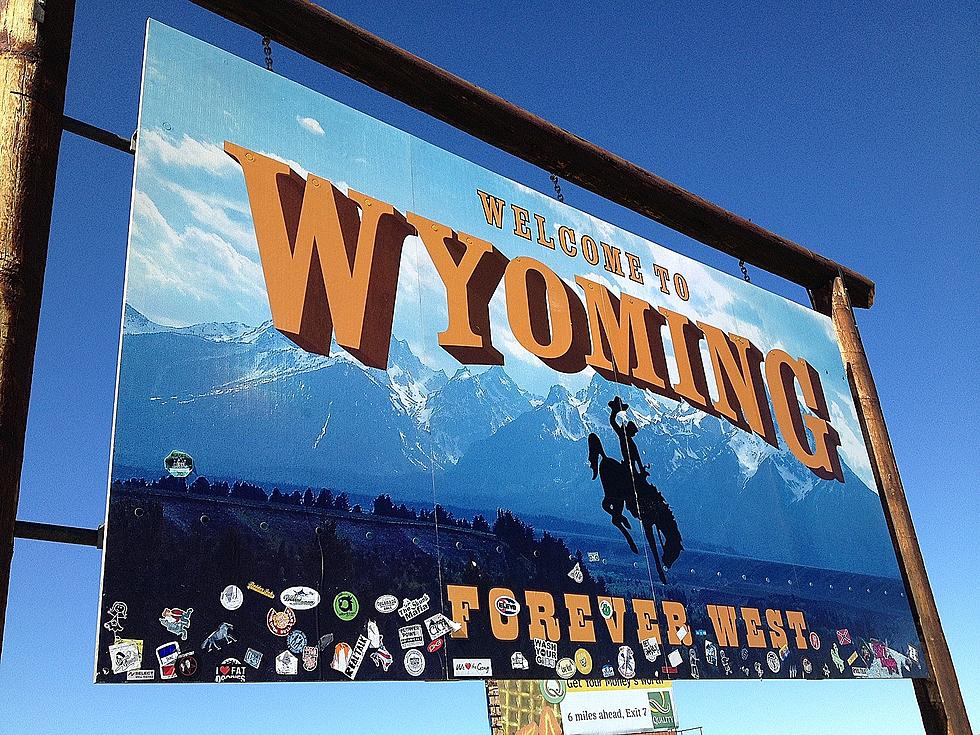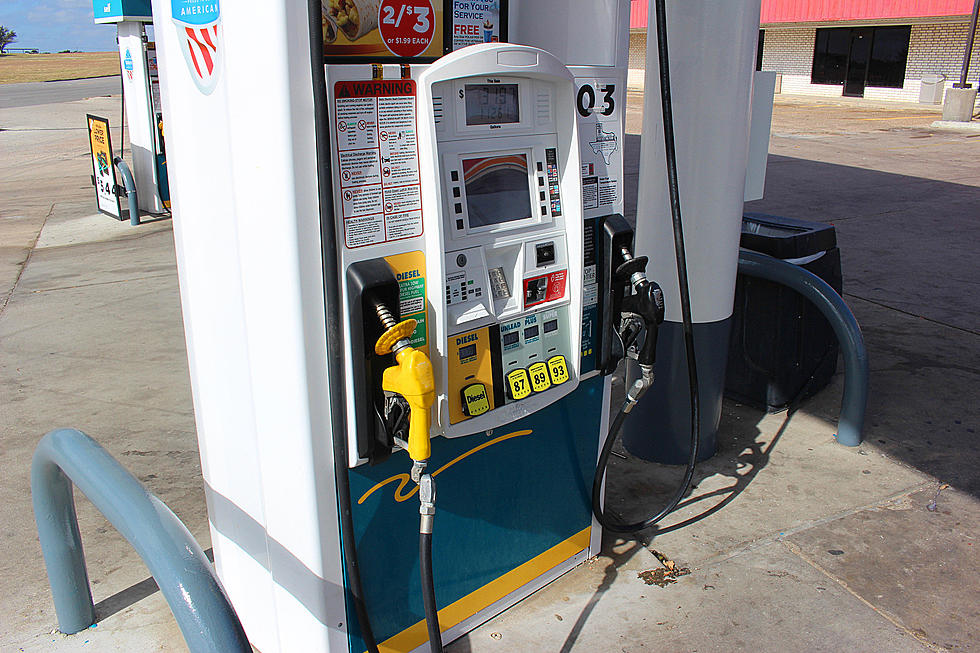
Tax Revenues Suffer from Sluggish Wyoming Economy
~~~A Commentary by Amy Edmonds and Sven Larson~~
~~Wyoming Liberty Group~~
Recent employment data from the Bureau of Labor Statistics (BLS) show that the private sector of the U.S. economy has increased its number of employees by 3.4 percent since 2011. This is weak for a recovery, and you would expect that a low-tax state like Wyoming could beat that.
Not so. The very same BLS numbers also show that there has been no net growth in private-sector employment in Wyoming since mid-2011.
These numbers come on the heels of bad GDP data from the Bureau of Economic Analysis (BEA). Wyoming is the only state that experienced a shrinking gross domestic product (GDP) two years in a row during the 2009 to 2011 bottom of the recession. This means that businesses that are dependent on the state's economy are effectively competing on markets without growth - hardly an environment for job creation.
A static economy depresses business expectations and discourages bank loans and investments for the future.
Another reason why businesses are not growing is that state and local governments have been growing at alarming rates. Again using BLS data, Wyoming has suffered from a steady increase in government employment since 2007 and tops the nation in government workers per 1,000 private employees.
Government gets in the way of the private sector by offering artificially inflated salaries and benefits packages to talented workers who might otherwise seek employment with private tax-paying businesses.
A large government sector also interferes with the private sector when it imposes higher taxes. This past October the Tax Foundation reported that Wyoming no longer is a top-three tax-friendly state. In the past year Wyoming has seen both its fuel tax and its state sales tax increase, which together drain at least $200 million per year from Wyoming taxpayers.
This all adds up to a slowly increasing but nevertheless harmful pressure on the private sector. By our calculations, we estimate the latest tax increases alone could cost our state up to 4,000 private sector jobs by 2016, compared to a scenario with the old sales and fuel tax rates. In other words, if the private sector would have added 4,000 jobs at the old tax rates, it will add no new jobs at all under the new tax.
The aforementioned BLS data indicate that this standstill scenario is already unfolding.
One of the many consequences of a stagnant state economy is that government will have less money to spend. Again, we can already see the first signs of this: in a Memorandum published April 25, 2013 the Wyoming Legislative Service Office (LSO) reports that by the end of the first quarter of 2013 the state's sales and use tax revenues are almost a full percent below forecasts.
Coupled with decreased projections from severance taxes and federal mineral royalties (FMRs), in large part due to the federal government's recent move to take 5.1 percent of those payments from March through July, stable state revenue sources are all showing underperformance.
The Memorandum outlines large "anticipated, but not forecasted, capital gains generated from the PMTF (Permanent Mineral Trust Fund)," which are indicating potentially substantial financial gains by July 2013. The Memorandum suggests that these gains "may need to be accessed to insure the overall [Consensus Revenue Estimating Group] CREG forecast is met."
While it is certainly suitable to contemplate the overall pace of the CREG forecasts, policymakers will need to look long and hard at any suggestion that unpredictable capital gains payouts generated from the PMTF are an appropriate funding source for ongoing government expenditures.
Supplanting mineral revenues with capital gains from the PMTF is not a wise public policy decision. And moreover, using those capital gains dollars to grow government is a recipe for real disaster. Historically, Wyoming hasn't profiled capital gains because they are not certain. We have had years of capital losses, not gains, so supplanting FMRs with capital gains could pose serious financial risks.
The continued concerns over the federal government's taking of federal mineral royalties conspires with sluggish sales and use tax revenues into a gathering storm on the state's fiscal horizon. The problems, again, originate in a general stagnation in the state's private sector, but slow sales tax revenues in energy-rich counties like Sublette and Campbell County tell us that the natural resources sector is not doing very well either. Therefore, state legislators should think twice about the long term effects of a stalled private sector, including the energy sector.
Our lawmakers have had many opportunities over the past year to address weaknesses in the Wyoming economy. So far they have been reactive at best, passive at worst. It is time for them to step up to the plate. That entails, among other things, facilitating growth and job creation in the private sector via reduced regulation and taxation.
More From KGAB









